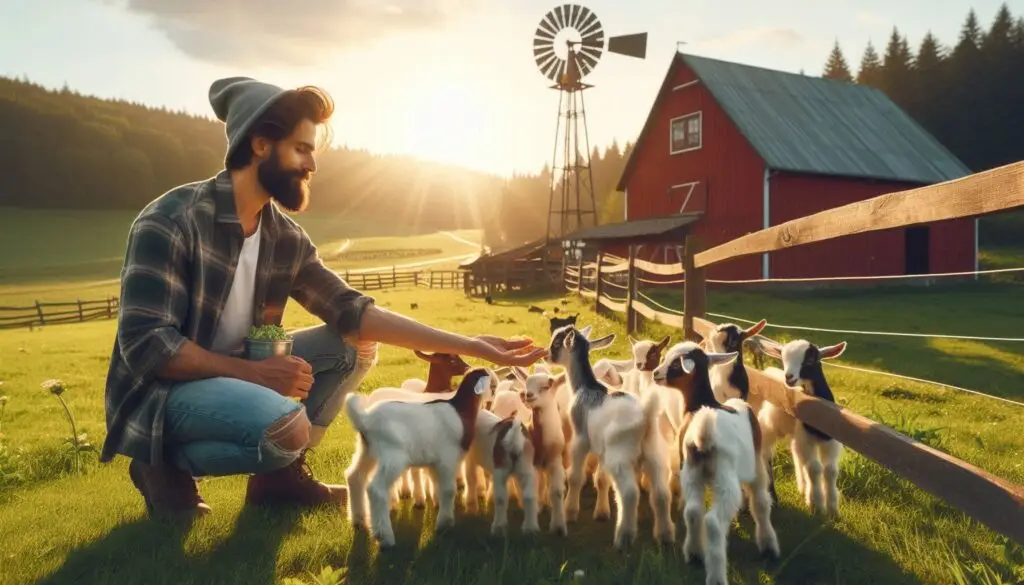Objectives of Agricultural Extension

What is Agricultural Extension?
The process of providing education and resources to farmers is learnt through Objectives of Agricultural Extension. It helps them improve their farming practices. This includes both crops and livestock. The goal is to increase productivity and sustainability.
Importance of Agricultural Extension for Livestock
Livestock farming is crucial in many regions. It provides food, income, and employment. However, farmers often face challenges such as disease outbreaks, feed shortages, and market access issues. Agricultural extension addresses these challenges by providing knowledge and support. May refer: FAO Agricultural Extension Overview
Objectives of Agricultural Extension for Livestock
1. Improve Livelihoods
One of the primary objectives is to enhance the livelihoods of livestock farmers. By increasing animal production, farmers can earn more income. This is especially important in rural areas where families depend on livestock for their survival.
For instance, programs that focus on improving breeding techniques can lead to healthier animals and higher yields. According to the Food and Agriculture Organization (FAO), better breeding practices can significantly boost productivity (FAO).
2. Knowledge and Skill Development
Extension services aim to empower farmers with knowledge and skills. This involves training in various areas such as:
Animal Husbandry
Understanding proper care and management.
Feeding Practices
Learning about balanced diets for livestock.
Health Management
Recognizing signs of illness early.
By providing this information, extension services help farmers make informed decisions.
3. Technological Integration
Integrating new technologies into traditional farming practices is essential. Extension services introduce innovations that can enhance productivity. For example:
Artificial Insemination
Can improve breeding outcomes.
Vaccination Programs
Can prevent diseases.
These technologies help farmers achieve better results while maintaining animal welfare standards. The International Livestock Research Institute (ILRI) provides valuable resources on integrating technology in livestock farming (ILRI).
4. Address Constraints in Livestock Production
Farmers often face various constraints that limit their productivity. Extension services work to identify these challenges and provide solutions. Common constraints include:
Feeding Challenges
Limited access to quality fodder.
Health Issues
Outbreaks of diseases like foot-and-mouth disease.
Reproductive Challenges
Low conception rates.
By addressing these issues, extension services help farmers improve their overall production capacity.
5. Enhance Market Access
Access to markets is crucial for livestock farmers. Extension services facilitate better market connections by:
Providing Information on Market Trends
Helping farmers understand pricing strategies.
Supporting Infrastructure Development
For transportation.
When farmers can access markets effectively, they can sell their products at fair prices, improving their income.
6. Promote Sustainable Practices
Sustainability is a key focus in agricultural extension. Extension services promote practices that conserve resources and protect the environment. This includes:
Encouraging Rotational Grazing
To prevent overgrazing.
Promoting Agroforestry Systems
That integrate trees with livestock farming.
These sustainable practices help ensure that farming remains viable for future generations.
7. Build Leadership Among Farmers
Developing leadership skills within farming communities is essential for effective extension work. When local leaders emerge, they can:
Mobilize Community Resources
Foster collaboration among farmers.
Advocate for better policies at local levels.
Extension services often provide training programs aimed at building these leadership skills.
8. Facilitate Research Linkages
Extension services serve as a bridge between researchers and farmers. They ensure that the latest research findings are communicated effectively. This includes:
Sharing Information About New Breeding Techniques
Providing updates on disease management strategies.
By facilitating these linkages, extension services help ensure that research meets the practical needs of farmers.
Conclusion
Agricultural extension plays a vital role in enhancing livestock production and improving livelihoods in rural areas. By focusing on knowledge transfer, technological integration, market access, and sustainability, extension services empower farmers to overcome challenges and thrive in a competitive environment.






Responses